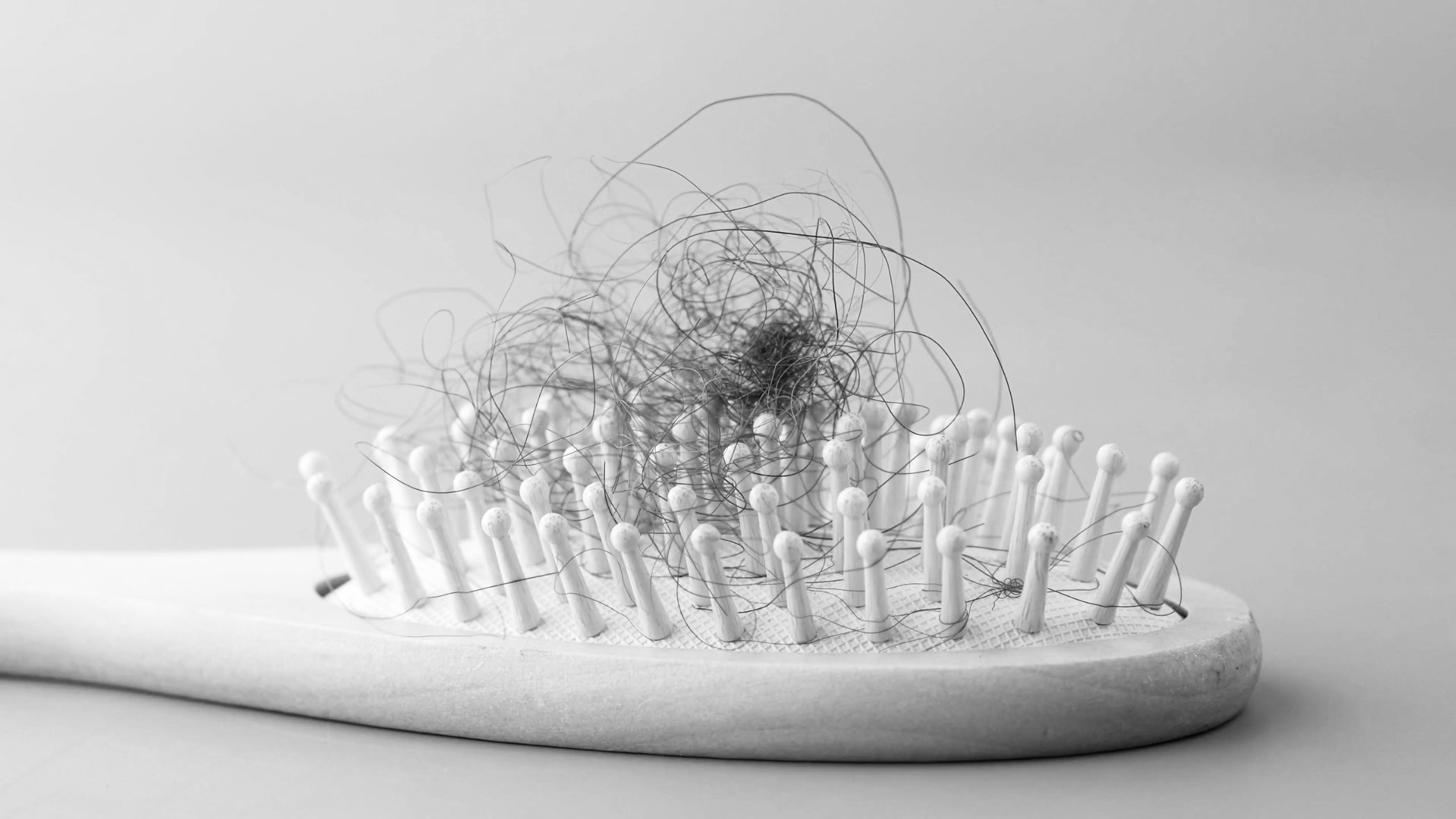The etiology of dandruff
The cause of dandruff is multifactorial:
1. Sebum production 2. Colonization of the microorganism Malassezia 3. Individual sensitivity (poor scalp barrier function)
In this article, we'll show you a homemade recipe that eliminates two etiological factors of dandruff. Ayurvedic medicine recommends using scalp barrier function and antifungal activity to reduce dandruff. It's important to maintain sebum production, as this can have side effects.
Epidemiology of dandruff

Anti-dandruff study
We chose Reetha (Sapindus mukorossi), an Ayurvedic plant of Indian origin, after studying 9 different Ayurvedic plants that have proven their anti-dandruff activity (Padma et al, 2015). Why did we choose Reetha? The plant has a natural pH of 5.5 (ideal for cleaning hair), the easy homemade recipe is possible (comparable to a laboratory extraction), and it is easily purchased in Europe.
Play the video below to see the step-by-step procedure.
The foam you see in the video above is actually due to saponins, a natural surfactant. Applying the foam directly to your hair has proven to be a useful alternative to shampoo.
However, long-term use of this mousse will lead to dry and brittle hair because this mousse alone does not provide the detangling effect needed for hair care. That is why we must use a real shampoo/solid shampoo after applying Reetha mousse. For our study, we used our own anti-dandruff solid shampoo .

Results: reduction of oily dandruff and dry dandruff
We conducted a consumer evaluation study with 21 volunteers over a 28-day period. The results of the self-assessment were quite surprising.


A remarkable 80% reduction in dry dandruff and a 71% reduction in oily dandruff.
For oily dandruff, it is best to choose the solid shampoo for sensitive scalp because it is even more effective than the solid anti-dandruff shampoo.




